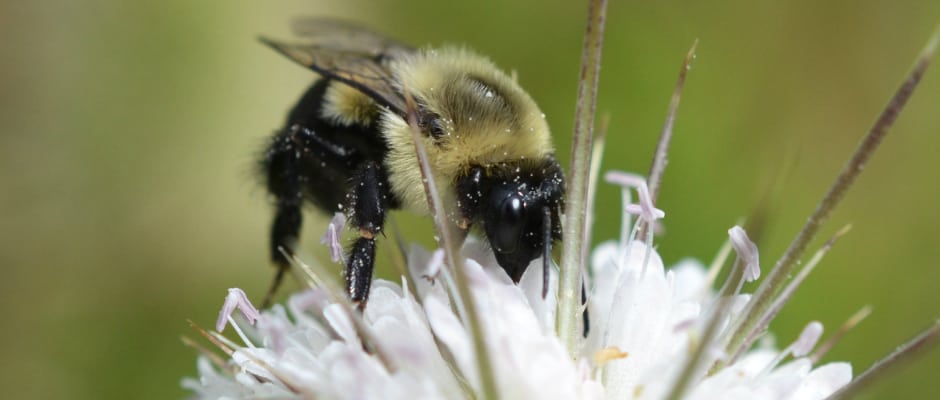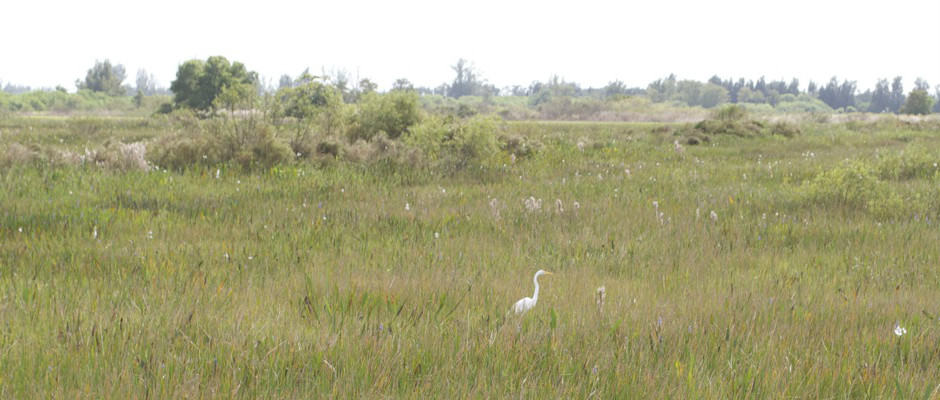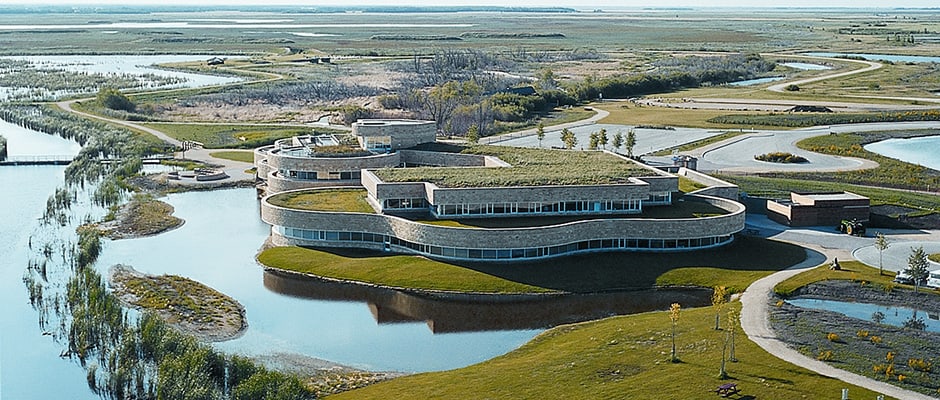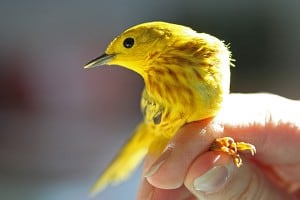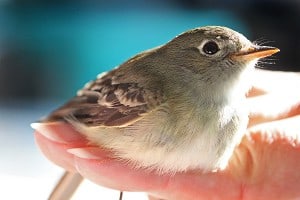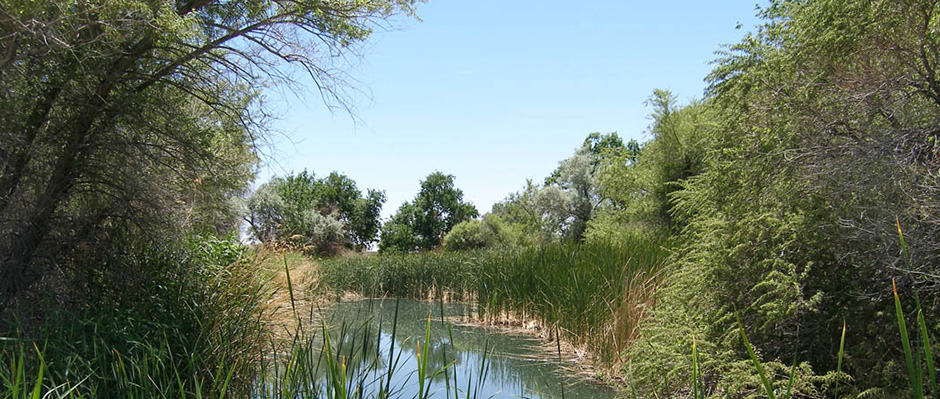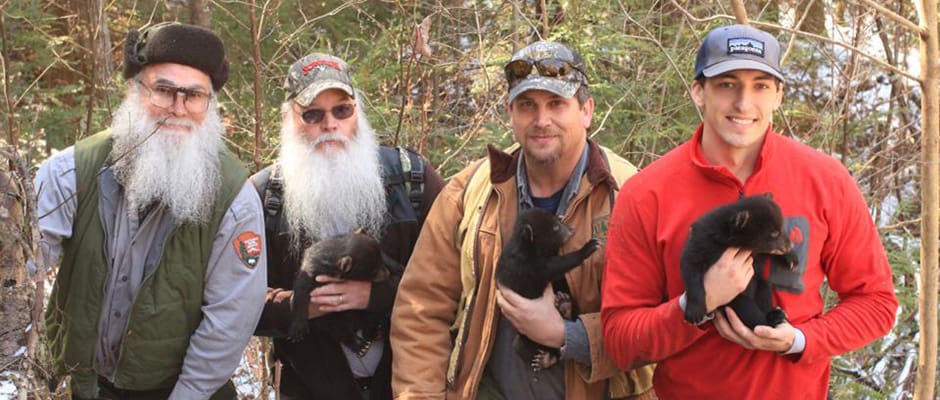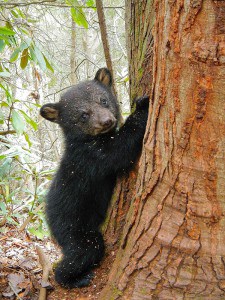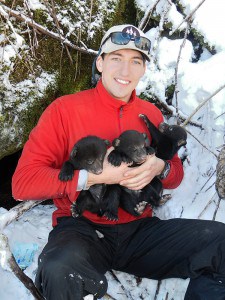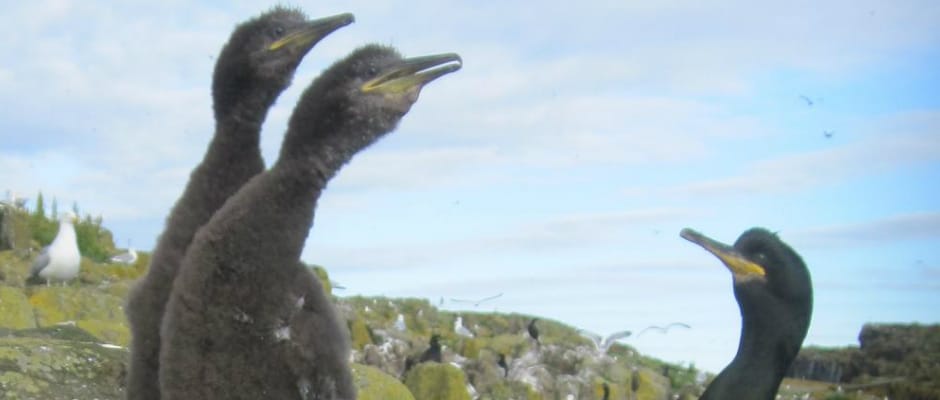
A new study suggests that in wildlife populations, when one animal is infected, other individuals are more negatively impacted than the infected animal, itself.
“When we think about wildlife disease, we immediately think about the effect on the infected animal,” said Hanna Granroth-Wilding, the lead author of the study published in Proceedings of the Royal Society B, who completed the study as part of her PhD research at the University of Edinburgh in Scotland, and is now a postdoctoral researcher at the University of Turku, Finland. “Our results show that by focusing too narrowly, we can underestimate the effect that parasites and disease have on the whole population.”
Granroth-Wildling and her colleagues at The University of Edinburgh collaborated with the Centre for Ecology and Hydrology to study families of European shags (Phalacrocorax aristotelis) — wild seabirds that resemble cormorants in the U.S. — that were all infected with worms. For their study, the researchers conducted experimental manipulations on the birds on the Isle of May National Nature Reserve off Scotland’s east coast during the breeding season, by giving the birds a common anti-worming drug injection that’s usually given to livestock. They treated the parent, offspring or both, and also had a control group that didn’t receive any anti-worming medication.
The researchers then monitored the survival and breeding behavior of birds in the different treatment scenarios and found that the impact of the infection was greater on other members in the group than on the infected individual. “All of the effects of treatment we saw were on individuals other than the one we had given the drugs to,” Granroth-Wilding said.
The team found that worm infections influenced several aspects of success across the family. For example, they found that when parents were treated, chicks that were born earlier in the season had a better chance of survival. They also found that when chicks born early in the season were given anti-worming medication, their parents gained more weight. Further, parents of the treated chicks bred earlier in the next season, which is important because breeding early increases the chance that the offspring will survive to become parents themselves.
However, reducing worm infections didn’t always benefit other members of the population. When chicks were born later in the season to parents that had been wormed, they had a worse chance of survival, and parents of treated chicks born late in the season went on to lose weight. Importantly, effects from infected relatives can also be long-lasting, rather than just the period where they are directly interacting with one another. “While shag relatives only interact closely until August when chicks leave the nest, we were still seeing the effects when breeding restarted in April the following year,” Granroth-Wilding said.
Much of the changes that researchers found are likely due to trade-offs — when individuals trade their own needs for their reproductive success. The researchers suggest that because infection in its chicks changes how a parent uses its resources, this leaves fewer resources for the parent itself to use.
While there aren’t any immediate ways to implement conservation methods from these findings, Granroth-Wildling said there is potential for the findings to help control the effects of disease. For example, she said if we know that parents are going to suffer for a long time from infection in their offspring, it might be more effective to treat the offspring for the disease that they’re carrying rather than the parent. “This will help keep the parents in better condition over a long time,” she said. “At least in seabirds, it’s much easier to handle the chicks than the adults because they’re in the nest and can’t fly off.”
And while Granroth-Wilding experimented with seabird families, her study’s results could apply to groups of non-related wild animals — and not just among seabirds, either. “There are things that happen in a family that are quite a special case of living in a group because they’re all related,” she said. “But, this doesn’t mean our results are restricted to that special case.”
Granroth-Wilding continued, “This study is important in building an understanding of the basic biology of the birds,” she said, attributing much of the study’s power to the collaboration with the Centre for Ecology and Hydrology, who have been studying causes of change in seabird populations on the Isle of May since the 1970s. “The overall conclusion that uninfected individuals could be affected by infections in others — the core message — could apply to other species and other situations.”



